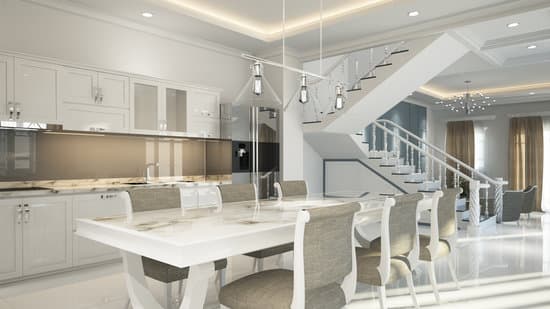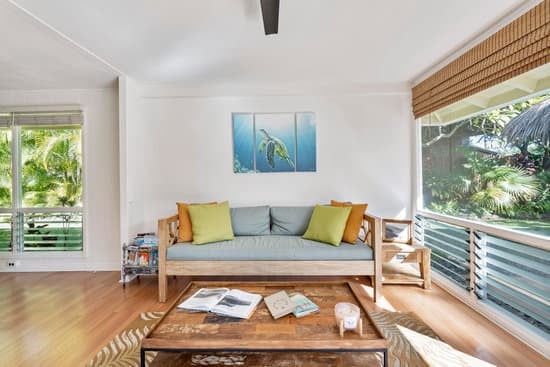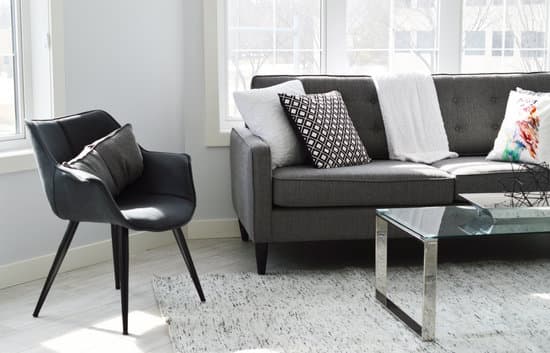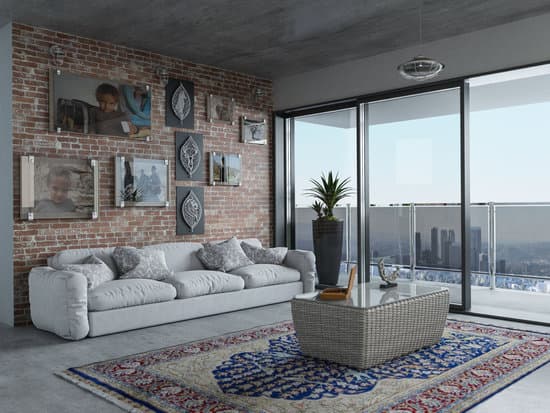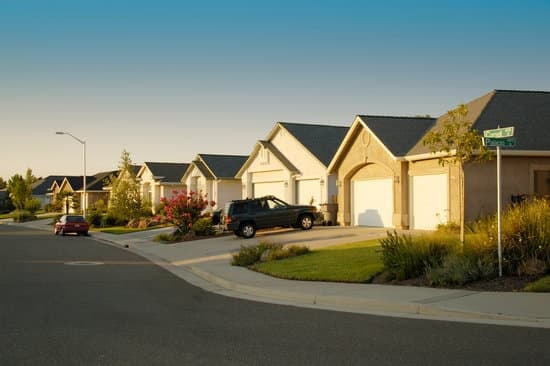Understanding the difference between modern and contemporary design
When it comes to designing your home, it’s important to understand the difference between modern and contemporary design. Although these terms are often used interchangeably, they actually have distinct differences. Modern design refers to a style that was popular during a specific era, while contemporary design is all about what is currently popular and what will be popular in the near future. Understanding these differences will help you create the perfect look for your home that is both stylish and timeless.Exploring the characteristics of modern design
Modern design emerged during the early 20th century, and is characterized by simple, clean lines, and a focus on function over form. This style is often associated with the Bauhaus movement, which emphasized the use of industrial materials and mass production techniques. Modern design also often featured geometric shapes, such as squares and triangles, and frequently utilized bold, primary colors like red, blue, and yellow. Some key characteristics of modern design include:- Minimalism – less is more
- Functionality – design should serve a purpose
- Clean lines – shapes should be simple and geometric
- Neutral colors – white, black, and gray are often preferred
- Industrial materials – metal, glass, and concrete are common
How contemporary design differs from modern design
While modern design is associated with a specific era, contemporary design encompasses a much broader time period, including current trends and ideas. This means that contemporary design is constantly changing and evolving, making it difficult to pin down a specific set of characteristics. However, some overarching themes of contemporary design include a focus on sustainability, a blending of natural and artificial materials, and a rejection of traditional design concepts. Some key characteristics of contemporary design include:- Eclectic style – mixing different design elements together
- Sustainability – using eco-friendly materials and practices
- Natural materials – wood, stone, and other natural elements
- Minimalism – still important, but less strict than modern design
- Neutral colors – often paired with bold accent colors
Delving into the mid-century modern period
The mid-century modern period, which spanned from the 1950s through the 1960s, was a major influence on both modern and contemporary design. This period marked a departure from traditional design elements, and introduced many of the characteristics that are still prevalent in contemporary design today. The mid-century modern movement was characterized by a focus on simplicity, functionality, and the use of new materials, such as plastic, plywood, and aluminum. Some key characteristics of mid-century modern design include:- Organic shapes – inspired by nature
- Bright colors – often paired with white or black
- Clean lines – similar to modern design, but with a softer edge
- Geometric patterns – frequently used in wallpaper and textiles
- Minimalism – the focus is on the function of the space
Examples of contemporary design in home decor
Contemporary design can be seen in all areas of home decor, from furniture to lighting to accessories. Here are a few examples of how contemporary design is being integrated into modern homes:- Sustainable materials – using bamboo flooring or recycled glass countertops
- Mixed textures – pairing a leather sofa with a plush rug
- Bold artwork – incorporating oversized paintings or graphic prints into a space
- Open floor plans – creating a seamless flow between rooms
- Minimalist furniture – choosing pieces that are simple and sleek
Incorporating modern and contemporary design elements into your home
If you are interested in incorporating both modern and contemporary design elements into your home, there are a few ways to achieve this look. Firstly, consider adding organic shapes and natural materials, such as wood or stone, to your space. These elements will help soften the strict lines and industrial materials often seen in modern design. Additionally, try adding statement pieces of artwork or furniture in bold colors or patterns. These pops of color will add visual interest to your space and bring in a contemporary touch.Tips on achieving a contemporary look in your home décor
To achieve a truly contemporary look in your home decor, consider the following tips:- Layer textures – mix and match materials to create a cohesive, visually interesting space
- Choose unique light fixtures – add a statement piece that will draw the eye
- Embrace asymmetry – don’t be afraid to mix up the placement of furniture or accessories
- Include organic elements – such as plants or natural materials – to bring in a sense of calm and tranquility
- Focus on function – choose pieces that serve a purpose and integrate them seamlessly into your space







